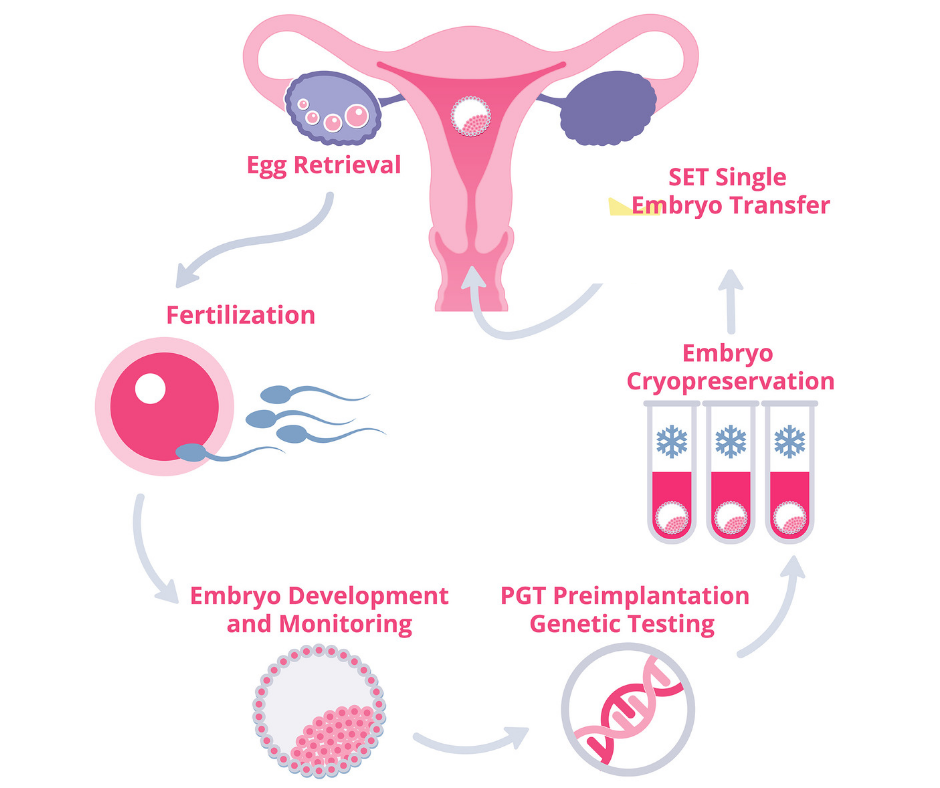Overview
IVF, otherwise known as In Vitro Fertilization, is a method of getting pregnant where an egg is fertilized by sperm outside of the body, in vitro (which means in glass). The resulting embryos can then be transferred to the woman’s uterus to establish a successful pregnancy.
Are you having problems getting pregnant? Then you may wonder if in vitro fertilization (IVF) is right for you. Many women find pregnancy success after trying IVF. If you are ready to learn more, check out the four primary steps you can expect during the In vitro fertilization process.


